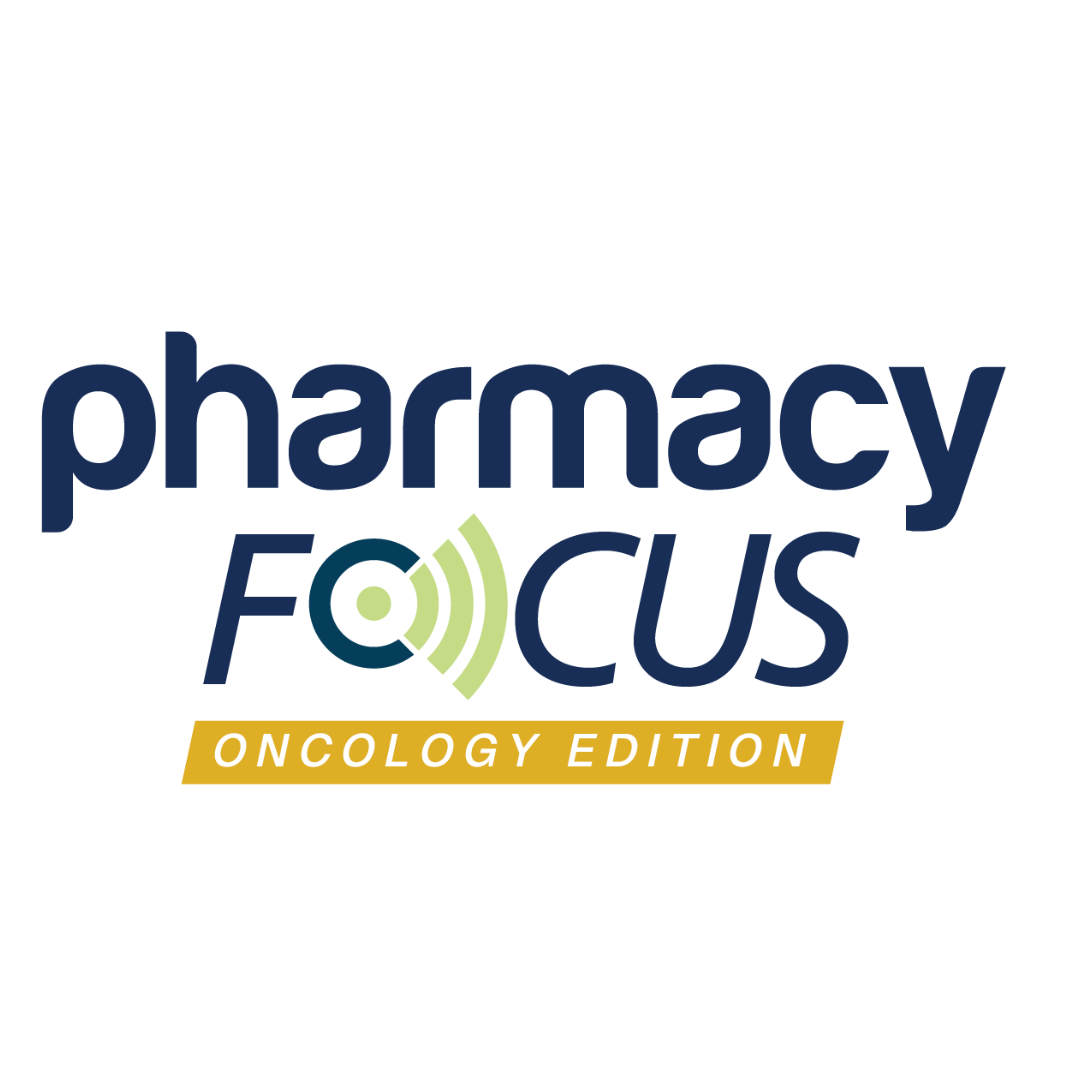Publication
Article
Pharmacy Practice in Focus: Oncology
Demonstrating the Value of Clinical Pharmacists in Cancer and Palliative Care Teams
Author(s):
Key Takeaways
- Developing standardized clinical pharmacy metrics is crucial for demonstrating pharmacists' value in oncology settings.
- A metrics dashboard can effectively track oncology pharmacist workload and effectiveness without adding documentation burdens.
Long-standing challenge in oncology pharmacy has been meaningfully capturing clinical pharmacy metrics, particularly in outpatient settings. Historical studies have demonstrated pharmacists’ economic and clinical value; however, standardized, widely accepted, and universally adopted clinical pharmacist metrics have remained lacking.
Image credit: RK1919 | stock.adobe.com

In the cover feature on page 10, Nick Crozier, PharmD, MBA, BCPS, BCOP; and Jessica M. Lewis-Gonzalez, PharmD, BCOP, discuss a study their team conducted at the University of New Mexico Comprehensive Cancer Center to track oncology pharmacist workload and effectiveness without adding burdensome documentation. Using electronic health records and data analytics, they created a metrics dashboard that includes pharmacist note counts, oral oncology education, and chart visit alignment with provider visits. The study emphasizes the importance of meaningful, actionable, and nonredundant metrics that align with institutional goals while supporting clinical pharmacists in prioritizing patient care.
In the peer-reviewed original research on page 15, Natalie Kaufman, PharmD; Nicole Bentivegna, PharmD, BCOP; and Roger Orr, PharmD, BCOP, discuss their analysis of pharmacist-led clinical interventions in a medically integrated oncology specialty pharmacy. Over 17 months, they identified 3528 interventions with an 82% acceptance rate. The most common interventions involved strength and dosing adjustments, treatment discontinuation or holds, prescription clarification, and treatment cycles, particularly for oral chemotherapy drugs with complex administration schedules or significant adverse effects. The findings underscore the value of clinical pharmacists in improving patient outcomes through proactive intervention and coordination within oncology care teams.
In the peer-reviewed insights paper on page 22, Trinh Bui, PharmD, discusses the pivotal role of a palliative care pharmacist in patient care through the story of Dave, a patient with metastatic prostate cancer, and his wife, Liz. The pharmacist provided continuity of care, medication management, and emotional support, ensuring Dave’s pain was controlled and his quality of life was prioritized. Bui argues for greater pharmacist integration in palliative care to enhance patient outcomes, support caregivers, and improve clinician collaboration.
Clinical pharmacists’ growing impact in oncology and palliative care is evident through their role in optimizing therapy, improving patient outcomes, and enhancing interdisciplinary collaboration. As health care systems continue to adapt to patient needs, integrating pharmacists into patient care teams and developing meaningful metrics to capture pharmacists’ contributions will be essential in demonstrating pharmacists’ value and ensuring sustainable, high-quality care.






